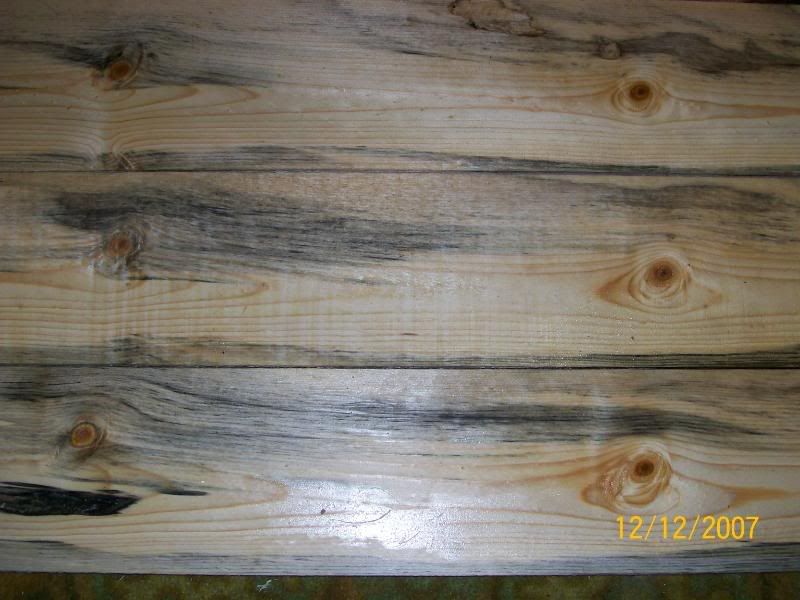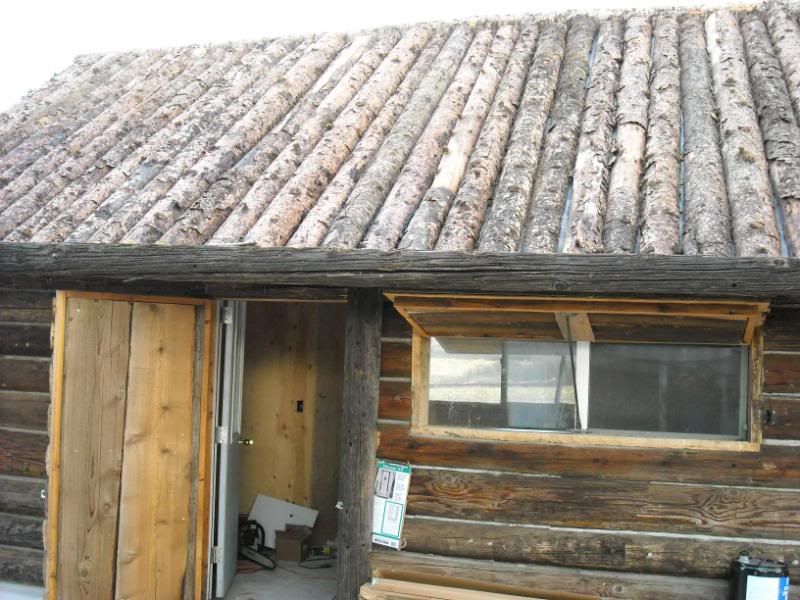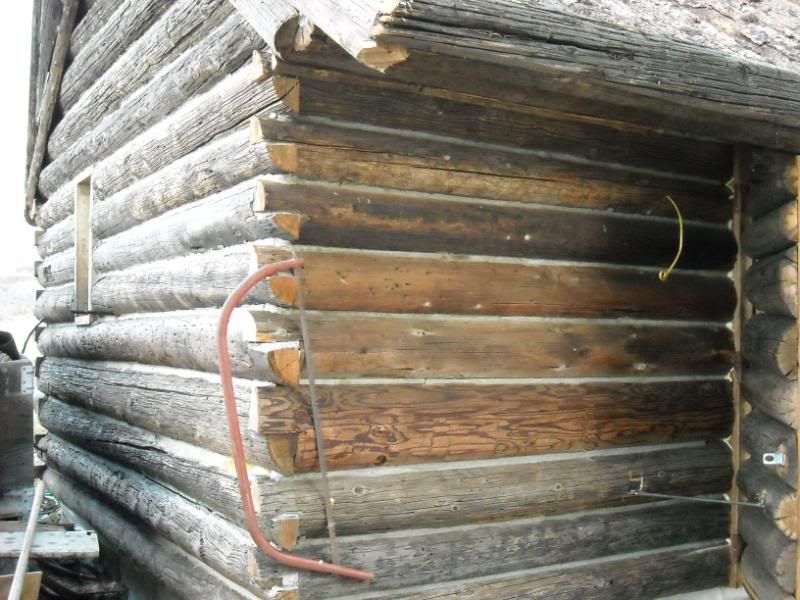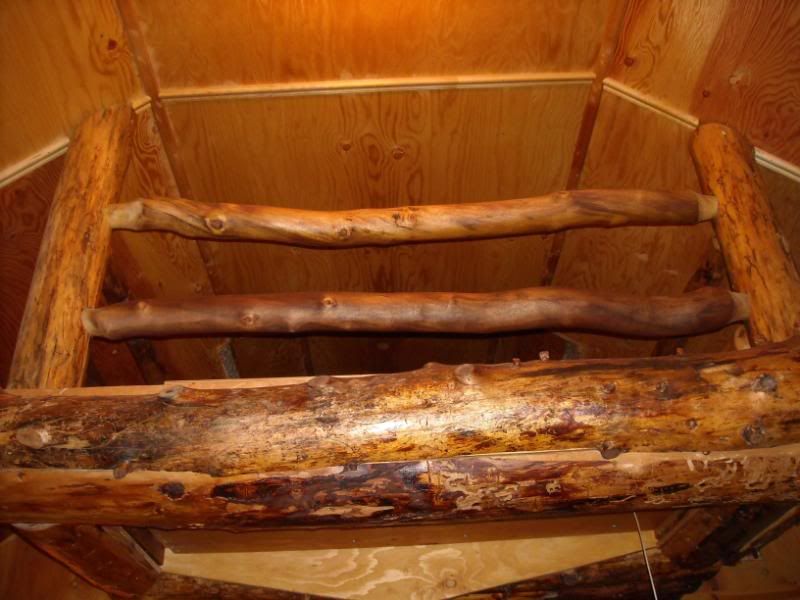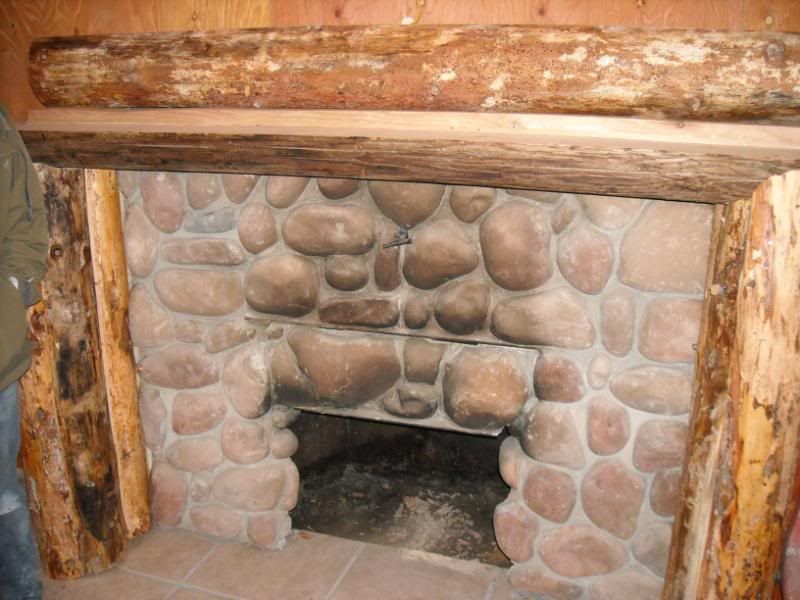deeker
Tree Freak
I am logging a good stand (for Utah) of spruce.
Some Doug fir. Most is 28'dbh dead and dying. Private land.
Markets are s-l-o-w right now. Most of my timber frame buyers....are not building at the moment.
Should I end coat the logs...and just deck them??? Or cut them into the most common beam dimensions??? Boards??? I have sold a lot of 1x12's, air dried.
Most of the mills in Utah are only about 3 to 5 days out for orders...vs the usual 4 to 5 weeks.
Not much being bought right now.
Ideas???
Kevin
Some Doug fir. Most is 28'dbh dead and dying. Private land.
Markets are s-l-o-w right now. Most of my timber frame buyers....are not building at the moment.
Should I end coat the logs...and just deck them??? Or cut them into the most common beam dimensions??? Boards??? I have sold a lot of 1x12's, air dried.
Most of the mills in Utah are only about 3 to 5 days out for orders...vs the usual 4 to 5 weeks.
Not much being bought right now.
Ideas???
Kevin







